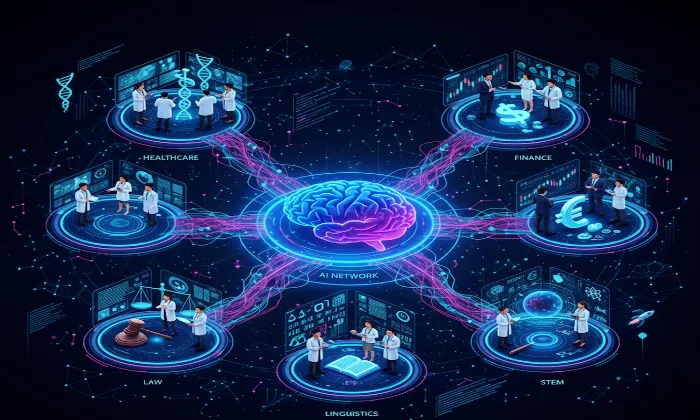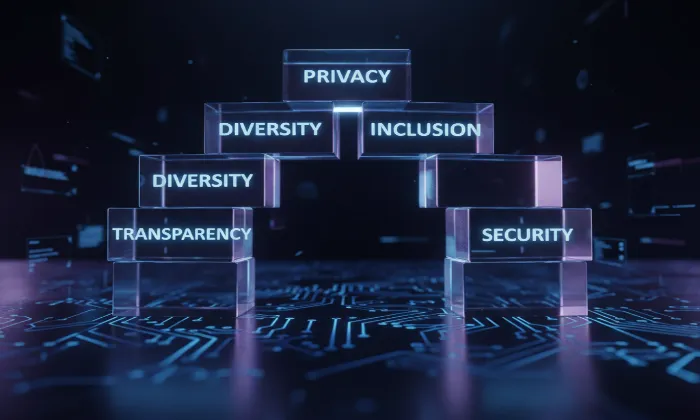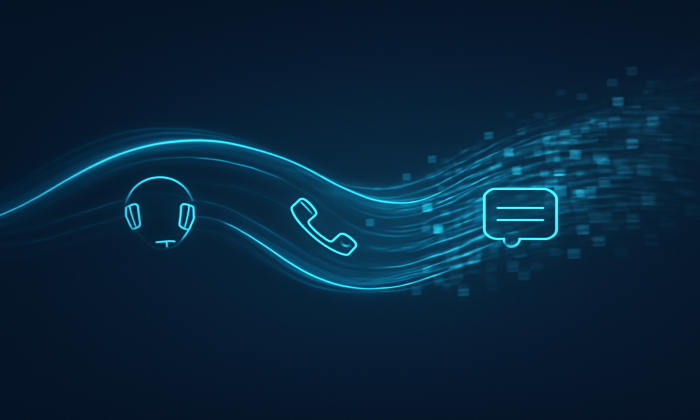How are doctor–patient conversations transcribed?
Transcription
Healthcare
Speech AI
Transcribing doctor-patient conversations is a key step in developing advanced AI systems for healthcare. This process involves a blend of technology and human expertise to ensure accuracy and contextual relevance, which is crucial for applications in medical speech recognition and conversational AI.
Transcription Steps
The transcription of doctor-patient conversations involves several precise steps:
1.Audio Recording: Conversations are captured either in person or through telehealth platforms. These recordings mimic real clinical scenarios, ensuring they are valuable for AI training purposes. The Yugo platform is often used to ethically and efficiently gather this data.
2.Initial Transcription: Once the audio is collected, it undergoes an initial transcription process where spoken words are converted into text. This phase focuses on creating a verbatim account of the dialogue, preserving natural elements like pauses and emotional cues.
3.Quality Assurance: This crucial stage involves a two-layer QA process:
- Linguistic QA: Ensures grammatical accuracy and consistency.
- Medical Review: Conducted by healthcare professionals to verify that medical terminology and context are accurately represented.
4.Annotation: Enhancing the transcripts with additional annotations such as intent, sentiment & speaker roles, supports the development of AI models capable of understanding the complexities of medical conversations.
Importance of Accurate Transcription
Accurate transcription is essential for creating high-quality datasets that AI models use to improve their understanding of medical language and context. This leads to better tools that enhance communication in healthcare, improve patient outcomes, and streamline clinical workflows. By capturing the nuances of doctor-patient dialogues, transcription contributes to more empathetic and effective healthcare solutions.
Challenges in Transcription
Transcription of doctor-patient conversations is not without its challenges. Capturing the subtleties of dialogue, including emotional undertones and contextual nuances, is complex but necessary for developing robust AI systems. Ensuring diversity in the dataset such as accents, dialects & medical specialties, is also vital to create AI models that can generalize across various demographics and healthcare scenarios.
Conclusion
Transcribing doctor-patient conversations is a sophisticated process that combines technology with human oversight to ensure precision and relevance. By focusing on ethical practices, linguistic accuracy, and contextual insight, organizations can leverage these transcripts to advance healthcare technology significantly.
FAQs
Q. How do transcription technologies ensure privacy in doctor-patient conversations?
A. Transcription technologies adhere to strict privacy regulations like GDPR and HIPAA, ensuring no real patient identifiers are captured. Conversations are simulated, and any personal data is anonymized.
Q. What types of annotations can be included in doctor-patient conversation datasets?
A. Annotations may include intent tagging, empathy detection, sentiment analysis, and dialogue classification, enhancing the dataset's utility for training AI models.
What Else Do People Ask?
Related AI Articles
Browse Matching Datasets
Acquiring high-quality AI datasets has never been easier!!!
Get in touch with our AI data expert now!








